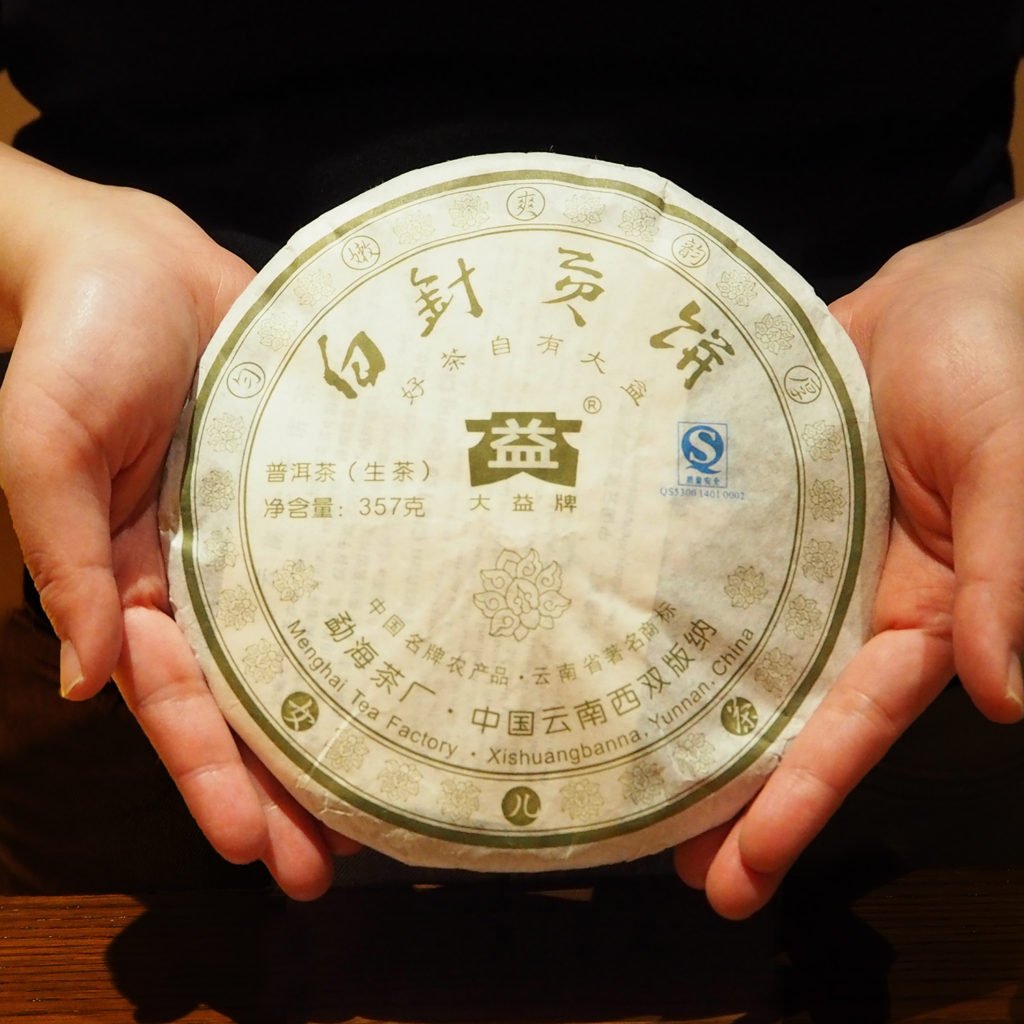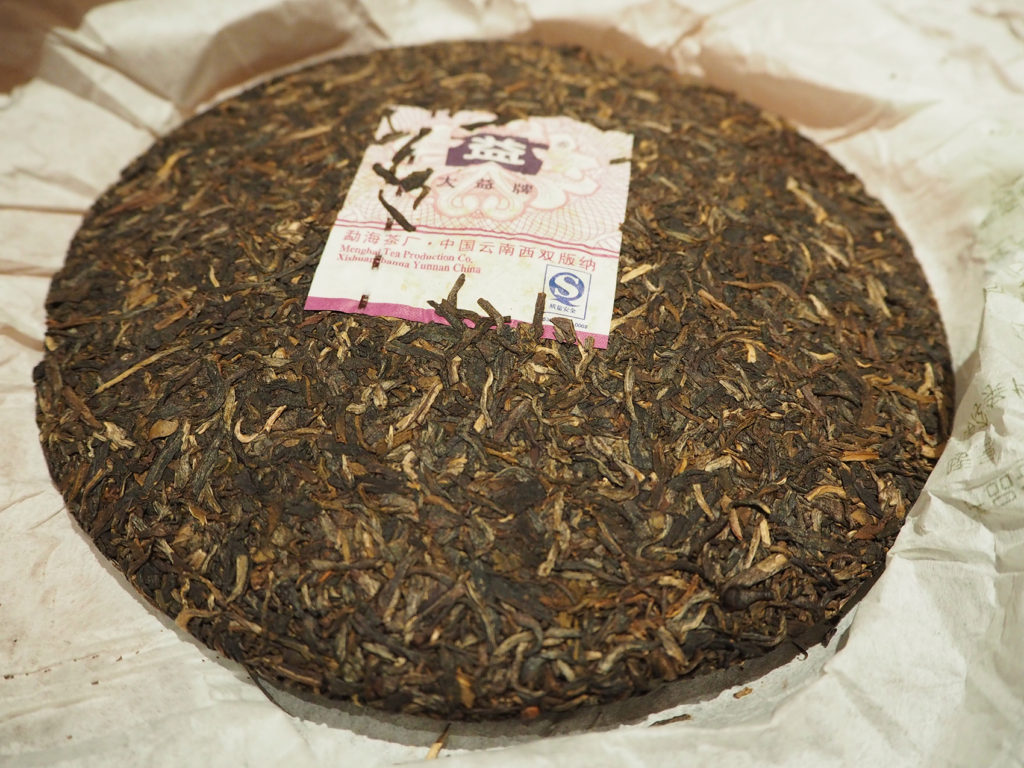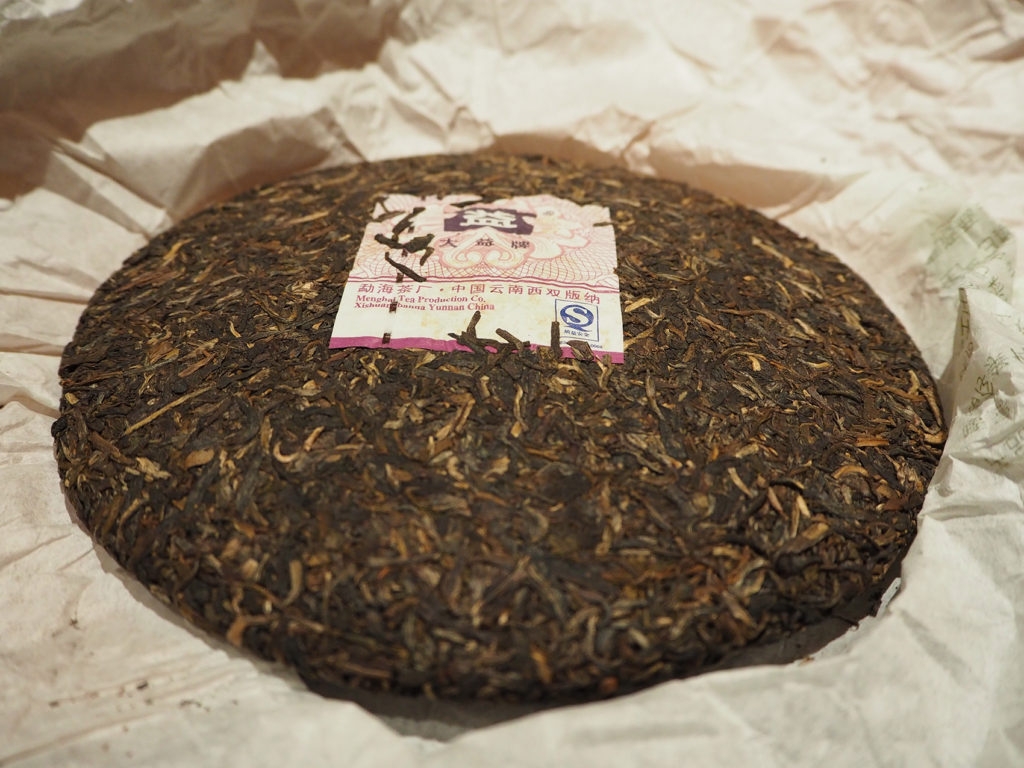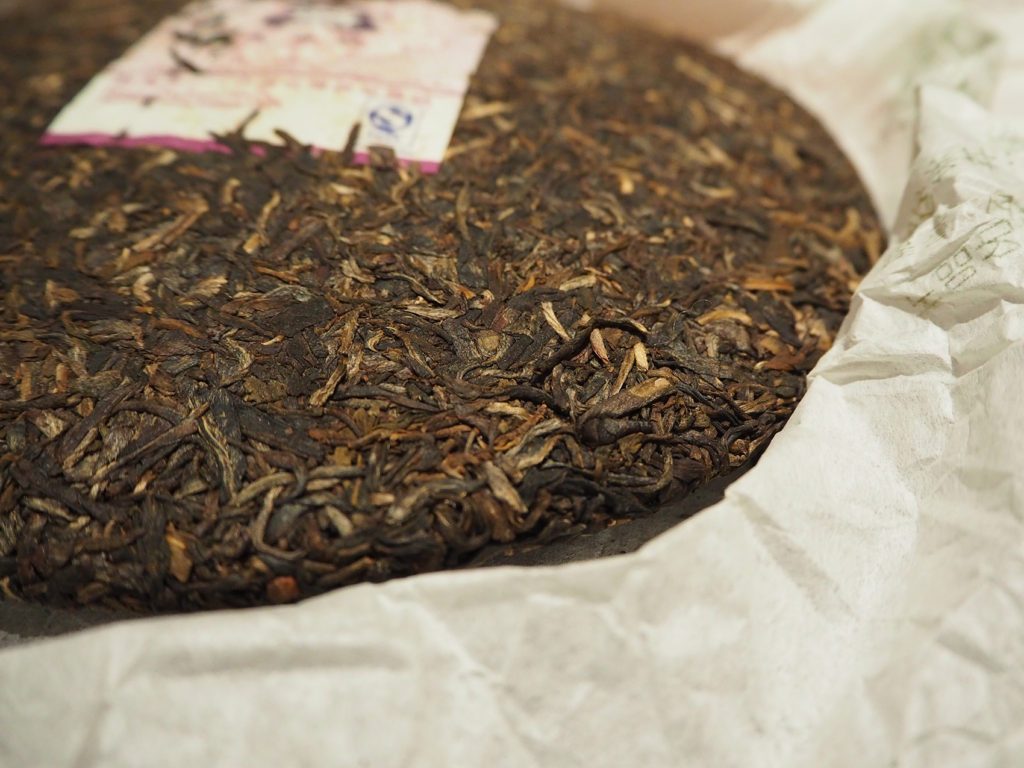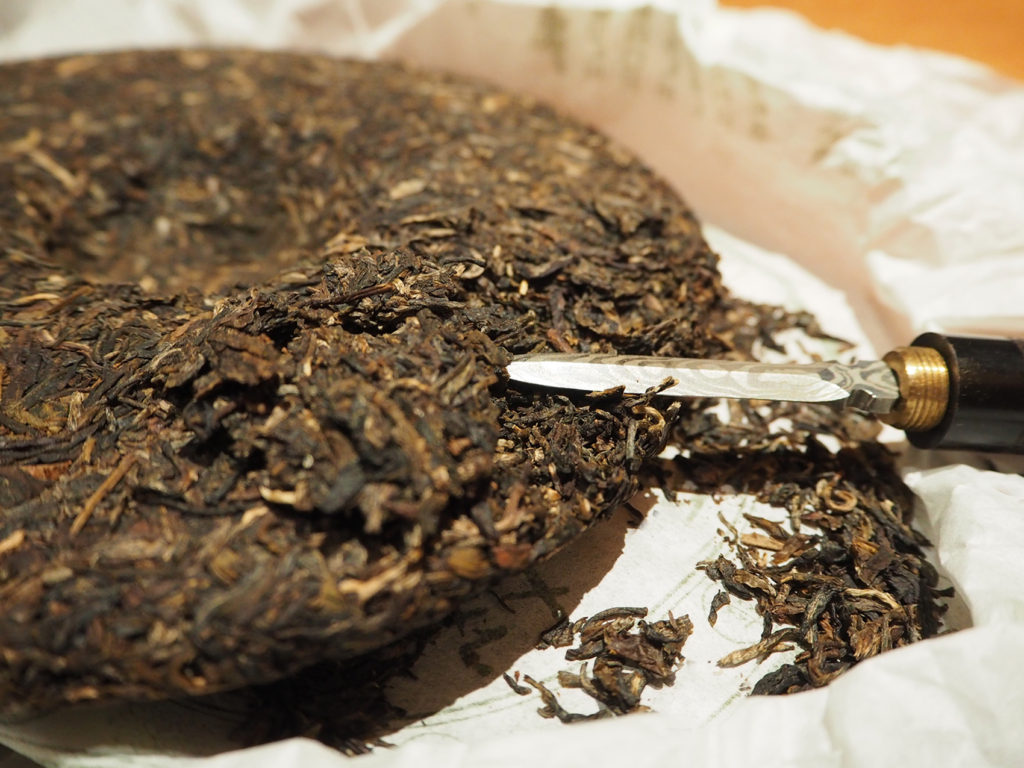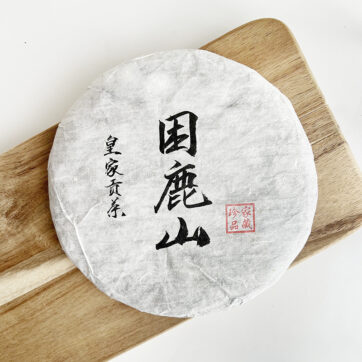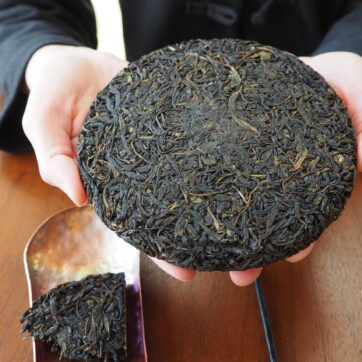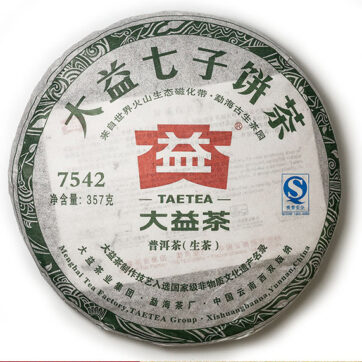Dayi “Bai Zhen Gong Bing” Raw Puerh Tea Cake 2007
A premium raw puerh tea cake (Batch 701,357g) from Dayi Menghai Tea Factory. It is compressed in 2007, with 13 years of dry storage. “Bai Zhen” means “White Needle”. As of its name, it use fine material with a lot of silvery tea buds and big fat leaves.
The Tea Cake is stored for around 13 years (dry storage), the transformation is slow but in good condition. The tea cake use premium raw material which is full of silver pekoe, like “white needle”. The taste transformed into soft and sweet flavor with light hint of astringency. It is distinctive in its thick and bold mouthfeel with quick “Hui Gan” and lingering sweetness with hint of honey note. This tea cake is a good choice if you like to age Pu’erh Tea and see its transformation.
“The aged the better” – Aged Puerh Tea is one of the best known aged tea and it is most widely collected for aging, but what is the reason for “the aged the better”?
Pu-erh tea is a kind of post-fermented tea, which means microbial fermentation still take place after the tea leaves being processed, which may last for many years. It is due to the unique processing method of Puerh tea.
For raw puerh, the fresh leaves undergone the step of green-killing. For green tea, the green-killing step is for killing the enzyme, in order to stop the fermentation. But for Puerh Tea, the aims of green-killing step is to denature and deactivate the enzyme, not to kill all of it. The temperature of the green-killing machine or the frying wok is controlled in around 200°C, and the temperature of the tea leaves is controlled in between 60-80°C. After further steps of rolling and drying to remove additional moisture, there are still enough amount of un-killed enzyme and chemical components for slowly transformation after it is being processed.
Thus, the composition and content of chemical ingredients like the flavonol glycosides, polyphenol and amino acid, etc, will help transform the tasting profile of the Tea through oxidation during the aging process. Take Amino acid as an example, it is a main component positively related to the freshness and astringency of Tea, and it will diminish throughout the years, so the astringency will transform into mellowness, the refreshing mouthfeel will transform into a rounded, smooth and rich mouthfeel.
Appearance of Aged Raw Puerh: dry leaves of raw puerh will change into greenish-brown colour; tea liquor of raw puerh will become golden yellow, orange to amber red ; wet leaves of raw puerh will change from green into brown
Mouthfeel of Aged Raw Puerh: young puerh is usually refreshing and crisp, while aged puerh has a rounded mouthfeel, it become smooth and rich.
Taste and Aroma of Aged Raw Puerh: astringency and grassiness is greatly reduced for aged puerh, it become mellow with lingering sweetness. You can find the notes of woody, earthy, honey, jujube, glutinous rice in it.
So, Is all aged Puerh equal to a better tea?
Aged Puerh tea stored for years is supposed to be better in taste. However, it may not be the case for every Puerh, especially if it is not stored well, it can also become worse, it may become mossy or turn worse by bad bacteria, it may taste stale or lost of flavor. So, what are the factors make it into a better Tea?
Criteria for a good aged puerh
Raw Material
The nature of the tea leaves material is an important factor affecting how it will transform in the aging process. If the material is not good in quality when it is young, it probably will not transform into a better taste, instead its taste may fade away during storage. There are many factors determining whether it is a good material, its species, its growing location and environment, species and age of the tea tree, its harvesting season and time, etc, all of these will affect the chemical and nutrient components of the tea.
Processing Method
The processing technique greatly affect the taste and chemical component of the Tea. For example, precise temperature and timing control is very important in the step of green-killing: Too high or too low temperature, over-time or too short green-killing time will greatly affect the Enzyme and other chemical component, affecting the ability of future transformation.
Storage Method
The same tea material will transform differently under different storage method. Humidity and temperature of the storage environment is very important. The water content of the tea is best to be kept in 10%. If the water content is over 14%, multiple bacteria may cause the tea to become mossy, some bad mold may be created. If the Tea is under 7% in its water content, its microbial transformation will be stopped, storing it will only create transformation through oxidation, over-oxidation may be resulted at the end. Thus, to keep a good aged puerh, it is suggested to keep it in an environment with good ventilation, temperature around and lower than 25 degree, humidity lower than 75%, keep it away from odor and direct sunshine.
Brand: DAYI TAETEA
Tea Factory: Menghai Tea Factory, Yunnan Province, China
Year : 2007
Batch: 701
Tasting Notes: rich, thick, honey, layered sweetness, quick “Hui Gan”
Tea Liquor Colour: Bright , golden yellow
Weight per Tea Cake: 357g
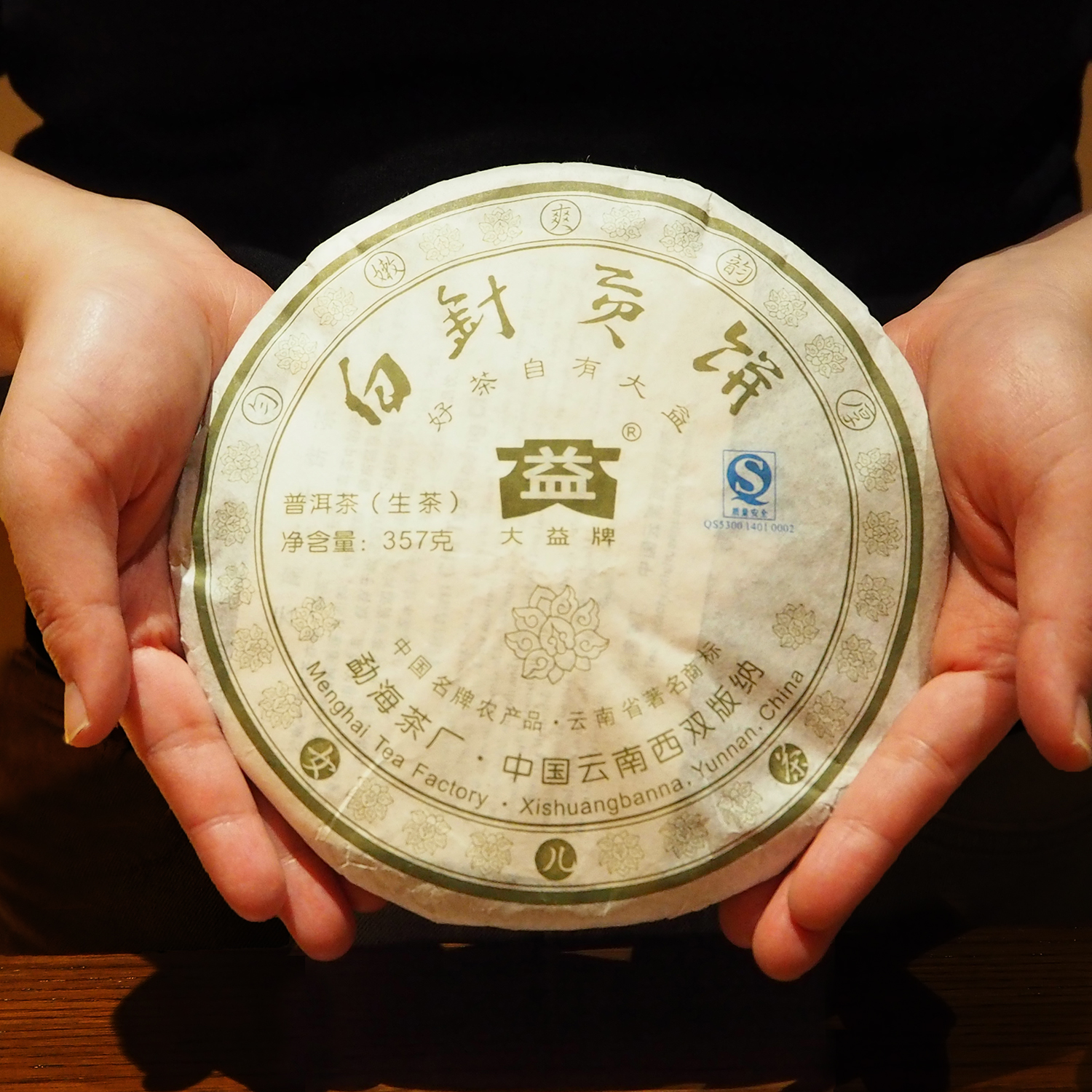

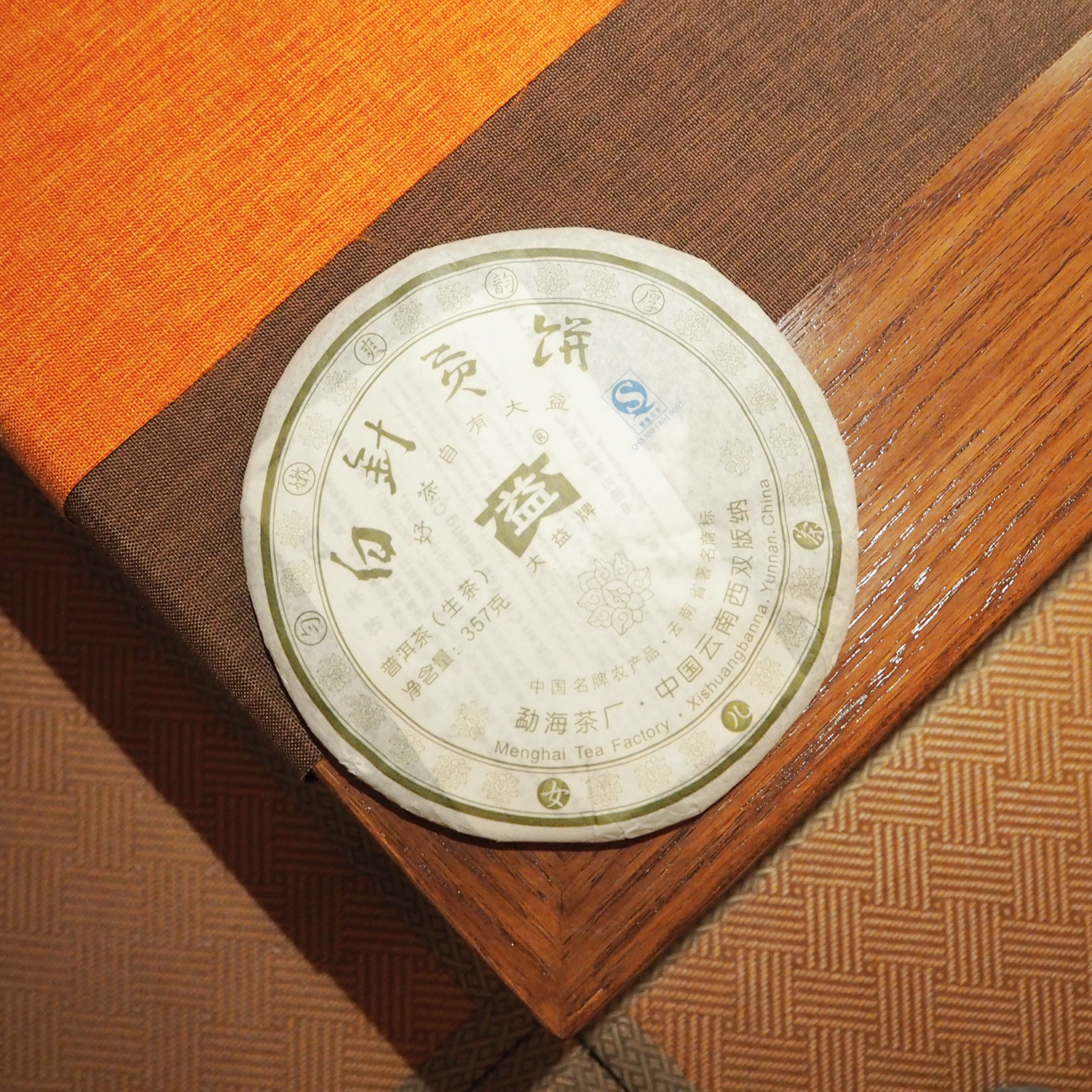

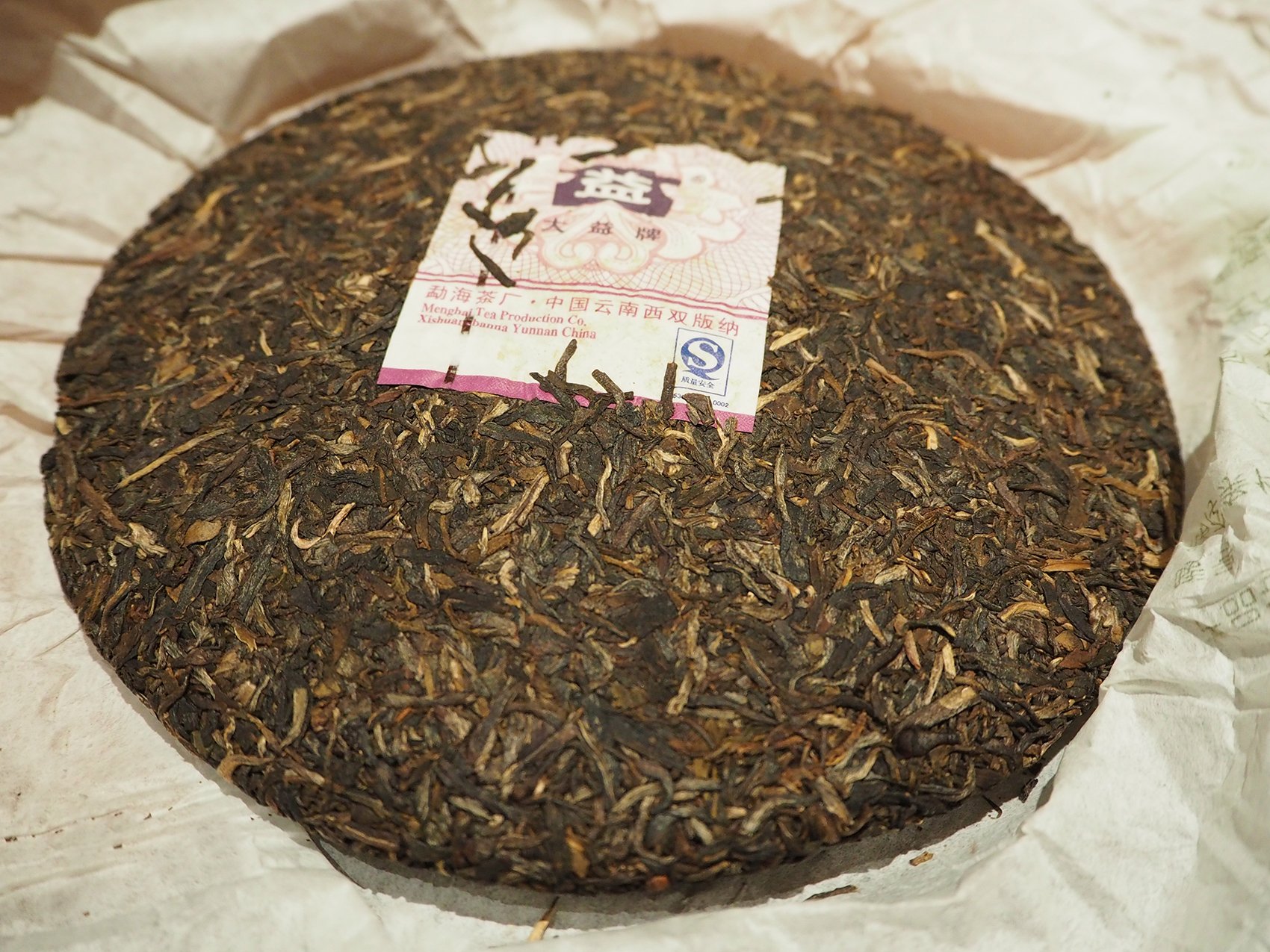


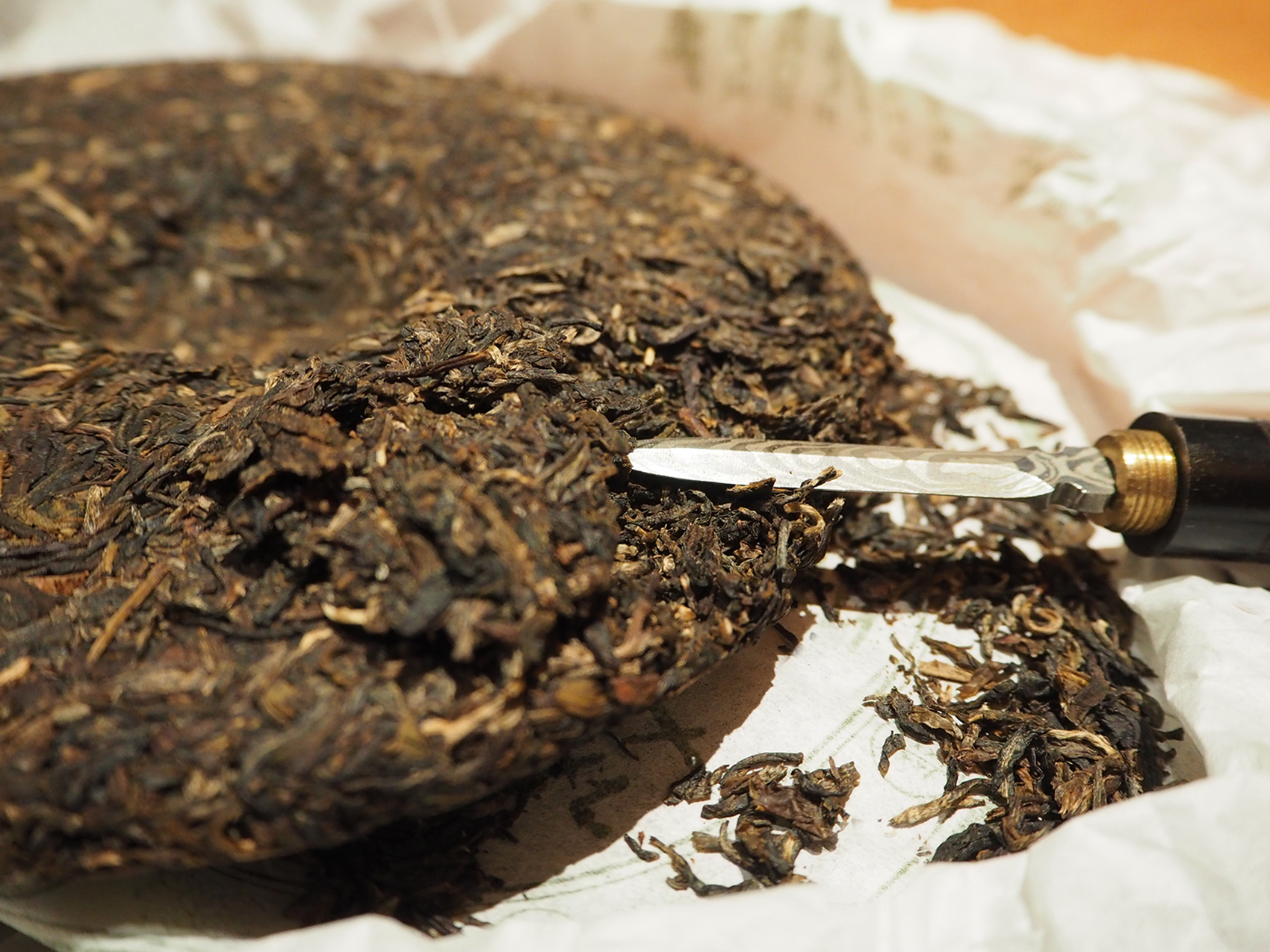
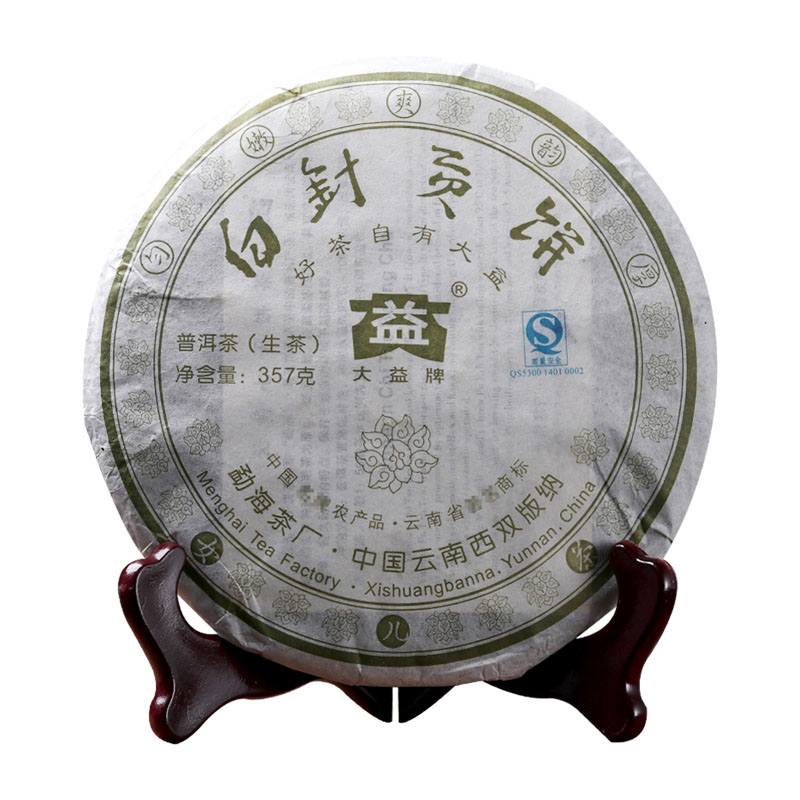
 If you purchase this product you will earn
If you purchase this product you will earn 